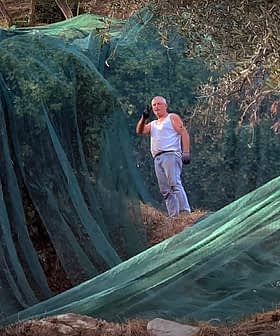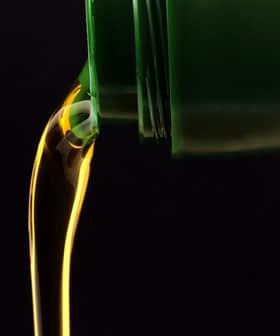 39.8K reads
39.8K readsBasics
Tips for Selecting High-Polyphenol Olive Oils
Consumers seeking high-polyphenol extra virgin olive oils may struggle to find accurate information due to varying testing methods and units used to measure polyphenol content. To select oils with high polyphenol levels, look for those labeled as early harvest and produced in temperate climates, as these factors can impact the polyphenol content of the oil.
Consumers interested in the health benefits often ask how to find high-polyphenol extra virgin olive oils.
Only a few brands list polyphenol contents online, but often as just a plain number, without an explicit mention of the units in which the polyphenol values were measured.
See Also:Dr. Gundry’s Olive Oil: Controversial Pitchman Peddles a Dose of DeceptionThis creates confusion since different polyphenol test methods may be used by different labs depending on their capabilities, and polyphenol results may be wildly different and not directly comparable.
For example, tests expressed in gallic or caffeic acid units are almost equivalent but completely dissimilar to other units.
We could delve into the fine points of how polyphenols are measured. But for simplicity’s sake, here is a guideline for selecting high polyphenol oils, with no additional information other than what is on the bottle’s label:
Early harvest (NOT late harvest)
The accumulation of polyphenols in the olive fruit occurs earlier than the oil buildup. The composition may change during the growing season with a later decrease at the onset of fruit ripening. Thus, early harvest olive oils will have a higher level of polyphenols.
Produced in temperate climates (NOT desert climates)
The difference in polyphenol content between olives grown in temperate and desert climates may be due to the rate of ripening of the fruit.
Desert olives may ripen earlier with an overall decreased level of polyphenols. On the other hand, mild water stress, as can be done in rain-fed orchards in Mediterranean climates, may result in an increase in polyphenols.
- From olive varieties high in polyphenols: Coratina, Cornicabra, Maurino, Picual, Mission, or Tuscan blends
- NOT from olive varieties low in polyphenols: Arbequina or table olive varieties such as Sevillano or Manzanilla
The genetics of olive varieties determine the polyphenol level potential and there is a great diversity of cultivars.
The content of polyphenols in the fruit may be a hundred to a thousand-fold higher than in the resulting oil. That is why table olives need to be de-bittered by fermentation, brining or chemical treatment to make them edible.
Also, table olive varieties have been selected for lower bitterness, and thereby a lower heritable level of polyphenols. Olive varieties intended for oil production, on the other hand, can have higher polyphenols in the fruit while, unfortunately, most will be lost during milling.
- Flavor style listed as Robust (NOT Mild or Delicate)
Some olive oil brands put extra effort into obtaining high-polyphenol oils. The miller who processes the olive fruit has a major role in achieving it. Unfortunately, it is not indicated on the label what the milling goals were.
If mainly interested in oleuropein and oleocanthal content because of the health benefit claims, one must rely on lab tests that quantify those polyphenols or the taste of the oil itself: bitterness is mostly due to oleuropein and pungency (the throat sensation triggering coughing) to oleocanthal.
Also, bear in mind that these two complex polyphenols are mostly present in fresh oils and are naturally depleted in older oils.
Let’s enjoy gifts of nature that dedicated olive growers and millers have crafted for us.









